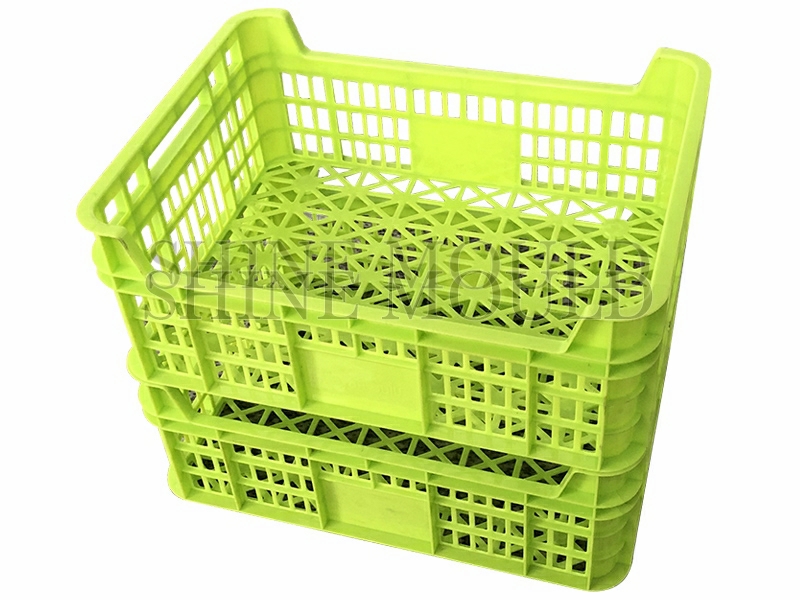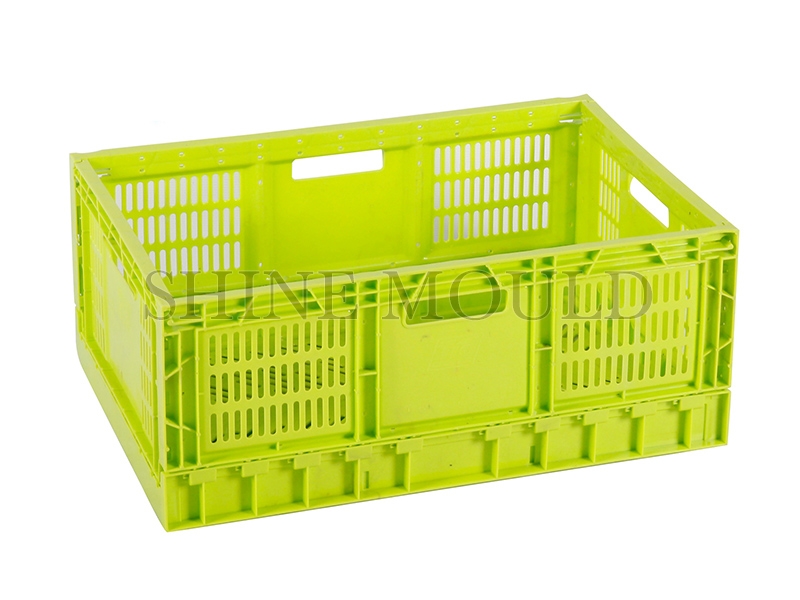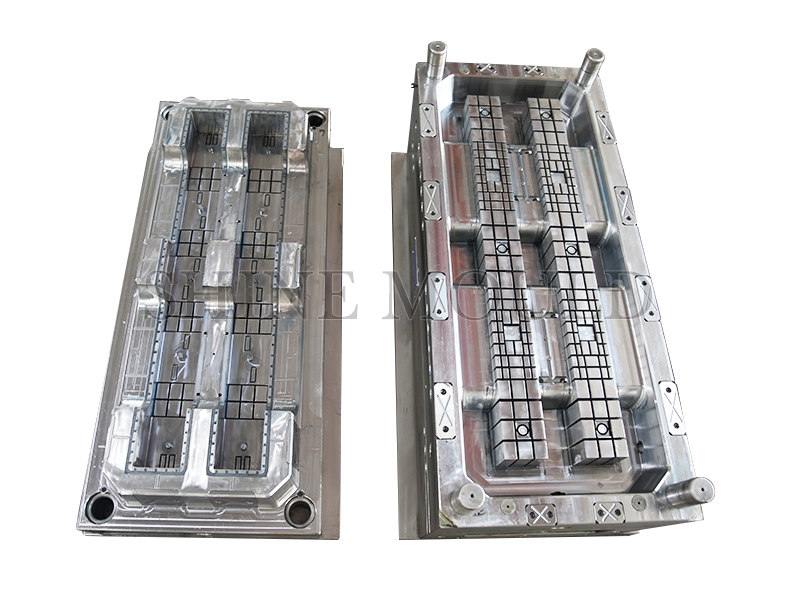Creating Quality Buckets with Precision Bucket Moulds
Buckets are a ubiquitous and essential part of our daily lives, used for a variety of purposes, from carrying water to storing and transporting materials. The production of high-quality buckets relies on precision bucket moulds, which play a critical role in shaping these everyday items.
Bucket moulds, also known as pail moulds, are specialized tools used in the manufacturing of buckets. These moulds are designed to create the distinctive shape and structure of buckets, ensuring they are durable and functional. Whether it's a small household bucket or a large industrial one, bucket moulds are instrumental in producing uniform and consistent products.
The manufacturing process for bucket moulds involves several key steps, ensuring that the final product meets quality and performance standards:
Design and Engineering: The creation of a bucket mould begins with detailed design and engineering. Using computer-aided design (CAD) software, a 3D model of the bucket's shape and structure is developed. Engineers and designers collaborate to ensure that the mould will precisely replicate the desired bucket design.
Material Selection: The choice of materials for the bucket mould is crucial. The mould material must be sturdy, durable, and capable of withstanding the pressure and heat applied during the manufacturing process. Common materials used for bucket moulds include steel and aluminium.
CNC Machining: The 3D model of the bucket is used to program a computer numerical control (CNC) machine, which carves the mould shape from the chosen material with remarkable precision. The accuracy of this step is essential to ensure that the final bucket will meet the specified dimensions and quality standards.
Heat Treatment: Some bucket moulds undergo heat treatment processes to enhance their strength and durability. This step is particularly important because the mould will be exposed to high levels of stress during production.
Finishing: After machining and heat treatment, the mould may undergo a finishing process, which includes smoothing rough edges and applying protective coatings. This ensures the mould is ready for use in the bucket manufacturing process.
Testing and Quality Control: Before being employed in bucket production, the mould undergoes thorough testing to confirm that it produces buckets that meet the required specifications. Quality control checks are conducted to verify the mould's precision and consistency.
Bucket moulds are pivotal to the bucket manufacturing industry, as they allow for the mass production of high-quality, uniform products. These moulds ensure that each bucket is made with precision and consistency, minimizing the need for manual adjustments and enhancing overall efficiency.
Moreover, bucket moulds can also be used in custom bucket production. Skilled craftsmen and manufacturers employ moulds to create buckets with unique designs and branding, catering to specific customer requirements. In this context, bucket moulds act as versatile tools that help transform creative ideas into real-world products.
In conclusion, bucket moulds are indispensable components of the manufacturing industry, enabling the production of buckets that we use in our everyday lives. The process of designing and creating these moulds is meticulous, encompassing detailed engineering, material selection, CNC machining, heat treatment, finishing, and quality control. Bucket moulds are the unsung heroes in the manufacturing world, shaping the buckets that serve a myriad of purposes in our homes, gardens, and industries.




 Search...
Search... English
English







